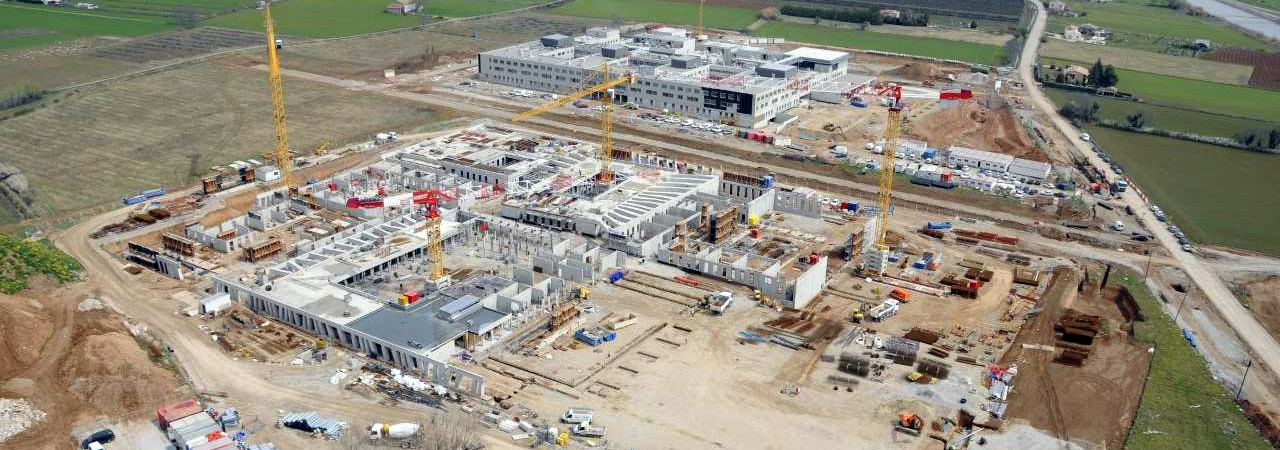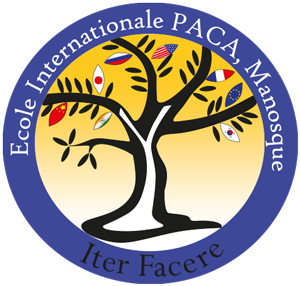Our History
The International School opens in 2007, to welcome the first 79 students enrolled.
This opening coincided with the launch of the ITER project in Saint Paul lès Durance.

Initially accommodated at the Lycée des Iscles, the students and their teachers moved in 2009 to the school’s new buildings. Since then, the number of pupils has continued to increase and has now stabilised at 825 pupils from thirty-five countries.
The spectacular architecture of the International School is the work of architects Ricciotti and Battesti. The single storey buildings welcome the different school levels (Nursery, Elementary, Middle School and High School) in classrooms open to the playgrounds. All are computerised. It has a large gymnasium, an amphitheatre, scientific labs, a library and large art rooms. Wood and white concrete harmonise around wide, green-lined walkways.
The growth of the School is inseparable from that of the ITER project, which brings its collaborators, researchers, engineers and builders from France and around the world. The proportion of children of ITER personnel is now 65%.
The French teachers are all qualified by the French National Education system, and most of them have been specially recruited for the International School. Half of the teaching staff is made up of qualified foreign teachers, who give the students lessons in an authentic native language.
Since 2009, a European School has been added to the six international sections, starting at the Sixième/S1 level. The official European School curriculum is taught here, 80% of which is in English.
Our students pass their baccalaureate with flying colours, whether it is the International Option of the French Bac (British, Italian, Chinese and Japanese sections), the Binational Bac (Abibac and Bachibac) or the European Bac. These diplomas allow them to envisage studying in the country of their choice, the vast majority choosing Europe and France.
The school years are punctuated by numerous festive and cultural events which over the years have become ritualised, from the Autumn Cross to the Graduation Ceremony in July. They are an integral part of our history.
The School looks to the future with its School Project, which sets ambitious goals for the entire school community. You can read it here.
